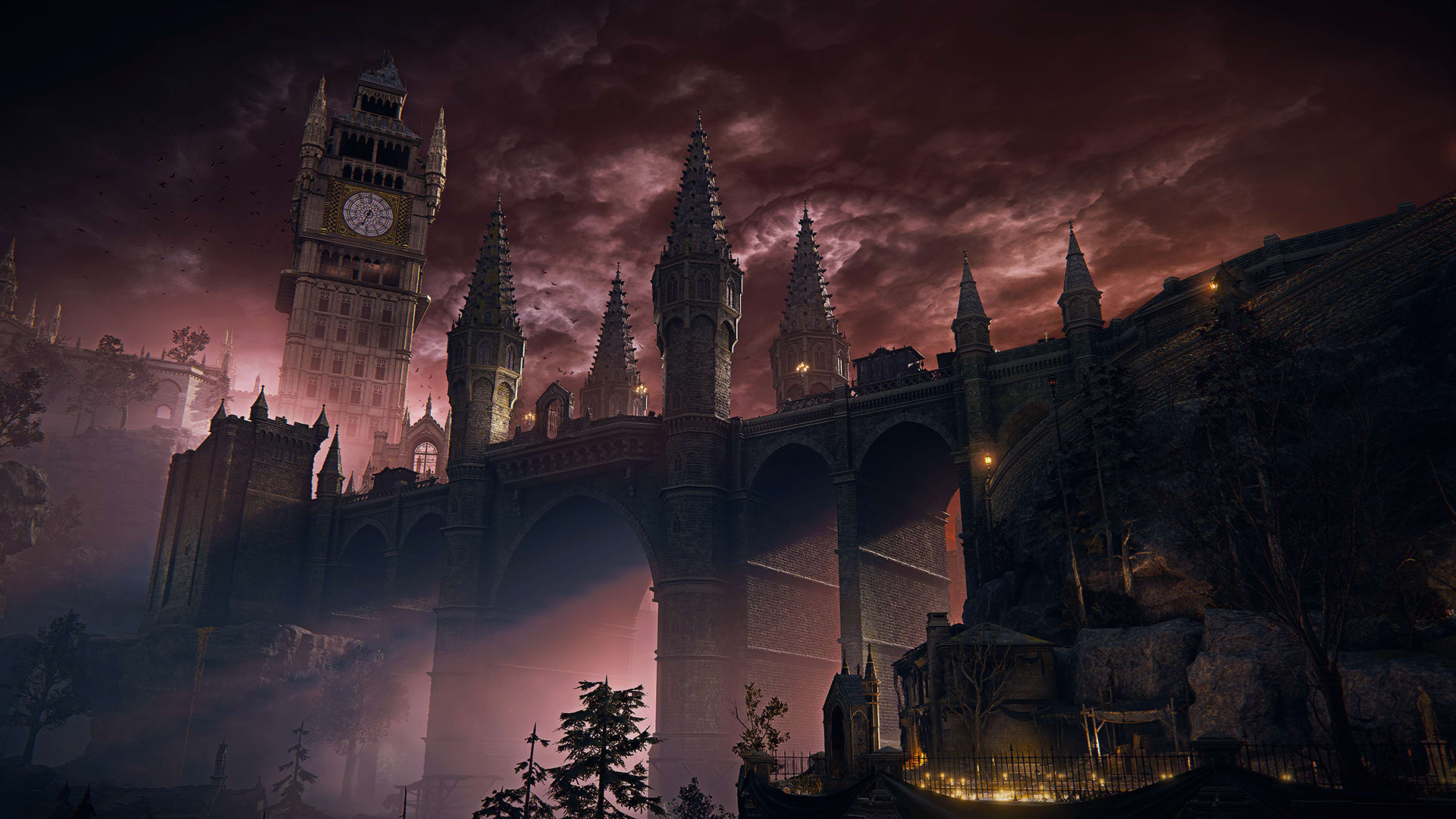Brigid of Kildare, often referred to as the matron saint of Ireland, is being celebrated on the occasion of the scheduled return of a relic associated with her. This celebration is a part of the Brigid 1500 observances, a global series of events commemorating the 1,500th anniversary of her passing in the year 524. This festive time is especially significant as it follows Ireland’s establishment of an annual public holiday in her honor, making her the first Irish woman to be recognized in this way.
WHO WAS BRIGID?
Brigid shares her name with an ancient pagan goddess worshipped by the Celts. The saint, who lived in the fifth and sixth centuries, was associated with a wide range of qualities such as poetry, healing, nature, fertility, and fire—the same attributes linked to the goddess. Brigid’s life is woven with inspiring legends, including stories of her as the abbess of a monastic settlement that fostered art and learning, ultimately lending its name to the town, “church of the oak.” According to one legend, she miraculously extended her cloak to cover the land she intended to use for her monastery, defying the king’s restrictions. She traveled, preached, and performed miracles, illustrating her association with fire, light, fertility, care for living beings, and peacemaking. One well-known tale recounts her act of giving her father’s jeweled sword to a needy man in exchange for food.
WHAT RELIC IS BEING RETURNED TO KILDARE?
Brigid was originally laid to rest in her monastic church in Kildare. However, in the ninth century, her remains were relocated to Downpatrick to protect them from Viking invasions. The shrine in Downpatrick was later destroyed during the Protestant Reformation. Nevertheless, various churches across Europe claim to possess relics of St. Brigid, including a bone fragment said to be from her skull, which was brought to Portugal by three Irish knights. A portion of this relic was brought back to Ireland in the 1930s and is now stored in a small metal reliquary fashioned like an oak tree, a potent symbol associated with Brigid. It is this relic that is returning to Kildare, where it will be permanently displayed at the Catholic parish church dedicated to St. Brigid.
WHAT IS A RELIC, AND WHY DO CATHOLICS VENERATE THEM?
According to Catholic canon law, saints are venerated for their exemplary lives. This veneration extends to relics, such as body fragments, clothing, and other associated items belonging to the saints. However, it is essential to distinguish veneration from adoration and worship, which are reserved for God alone, as noted in the Catechism of the Catholic Church.
WHAT IS ST. BRIGID’S DAY?
St. Brigid’s Day falls on February 1st and aligns with Imbolc, an ancient pagan celebration associated with the goddess Brigid, and symbolizing the arrival of spring. In Ireland, the public holiday is observed the following Monday.
WHY IS BRIGID GAINING A 21ST-CENTURY FOLLOWING?
In the 21st century, there is a growing devotion to Brigid, partly stemming from a disillusionment with traditional Roman Catholicism and its patriarchal hierarchy, especially in light of various scandals. Many followers see Brigid as a representation of feminine spirituality, environmental consciousness, and artistic creativity.
HOW IS ST. BRIGID’S DAY BEING COMMEMORATED?
Solas Bhride, a Christian spirituality center established by Brigidine Sisters in Kildare, is organizing the return of the relic to St. Brigid’s Parish Church, along with several activities including a “Pause for Peace.” Additionally, there are plans for thousands of students to come together on the nearby Curragh Plains, forming a large St. Brigid’s Cross during a minute of silence at noon. Furthermore, Herstory, a group dedicated to promoting female role models, is coordinating events featuring light displays projecting artistic depictions of Brigid onto historic landmarks throughout Ireland. The day will also be recognized by Irish-heritage groups and celebrated in churches around the world, while Wiccan and other pagan communities are planning ceremonies to honor the goddess and Imbolc.
___Associated Press religion coverage receives support through the AP’s collaboration with The Conversation US, with funding from Lilly Endowment Inc. The AP is solely responsible for this content.











